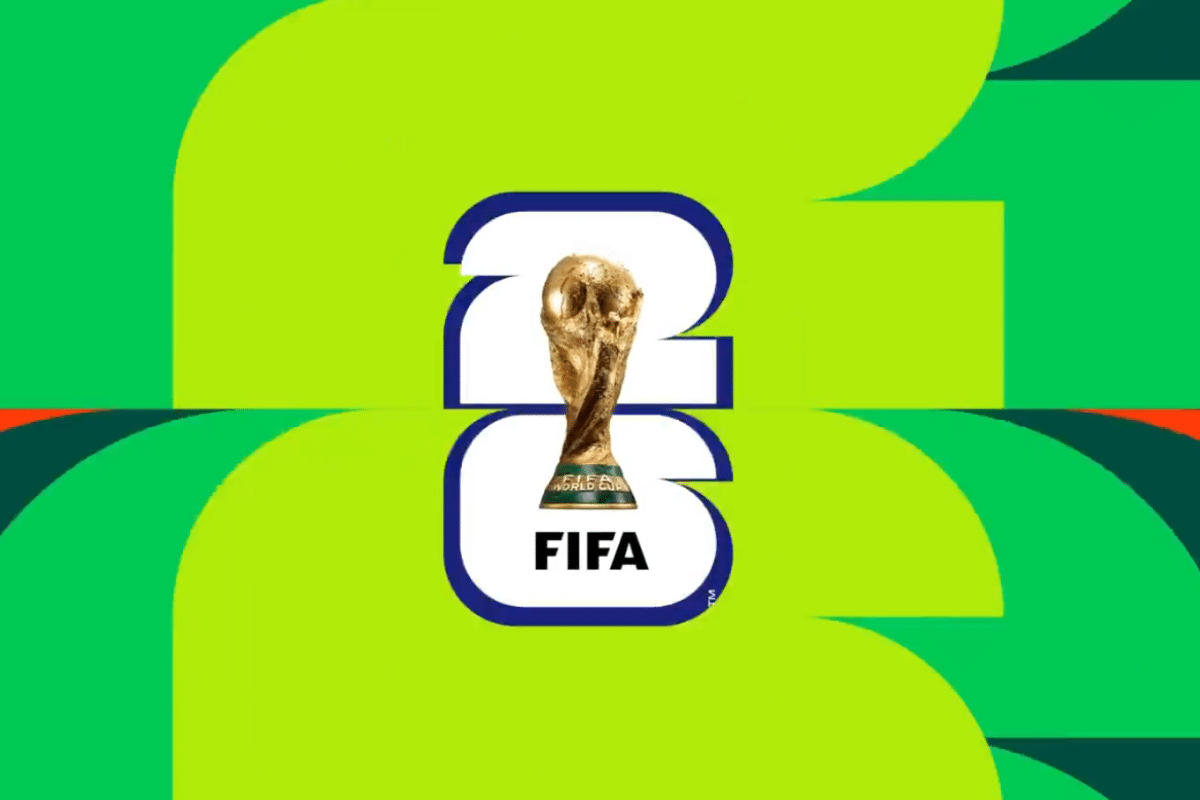Road to 2026: What to Expect from the Next FIFA World Cup

A New Era Begins with a 48-Team Format
The 2026 FIFA World Cup marks a historic shift as it expands from 32 to 48 teams for the first time in history. Co-hosted by the United States, Canada, and Mexico, the tournament promises more matches, more nations, and a broader global stage. This new format will introduce 16 groups of three teams each, increasing total fixtures and opportunities for underdog stories.
Host Nations: What the US, Canada, and Mexico Bring to the Table
With three countries co-hosting, the tournament's logistics are on a scale never seen before. The United States will host the majority of matches, including the final, with iconic stadiums like MetLife, SoFi, and AT&T set to welcome fans. Canada and Mexico will contribute their own footballing cultures and passionate support, ensuring the tournament is a true North American celebration of the sport.
Qualification Battles Across Continents
The expanded slots have intensified the qualification campaigns around the world. Africa will now send nine teams instead of five, Asia’s allocation has grown, and CONMEBOL and UEFA also benefit. This means nations like Egypt, Nigeria, and Uzbekistan are in stronger positions to qualify. Expect surprise entries and fierce regional rivalries as teams battle for their ticket to the biggest stage.
Players to Watch: A New Generation Rises
The 2026 World Cup is expected to be the coming-of-age moment for several rising stars. With veterans like Lionel Messi and Cristiano Ronaldo likely retired from international duty, the focus will shift to players such as Jude Bellingham, Jamal Musiala, Pedri, and Endrick. Their performances in 2026 could define the future of world football.
Stadiums and Infrastructure: A Tech-Driven Experience
Expect a futuristic experience for fans and players alike. With the US leading the charge in stadium tech, fans will benefit from high-speed connectivity, digital ticketing, AI-enhanced crowd control, and immersive experiences. The tournament is also expected to be the most eco-conscious in history, with emphasis on sustainability and minimal carbon footprints.
FIFA’s Strategic Push: Growth, Diversity, and Global Reach
FIFA aims to use the 2026 World Cup as a platform to grow the game in non-traditional markets. With the tournament spanning three countries and a broader range of participants, the organization is investing in grassroots programs, digital engagement, and fan outreach across emerging football regions. This strategy could help globalize the sport more deeply than ever before.
The Commercial Impact and Broadcasting Boom
With more matches and a North American setting, the 2026 tournament is projected to shatter previous broadcasting records. FIFA is already in talks for extensive streaming rights, global media deals, and brand partnerships. Expect massive sponsorships, real-time highlights across platforms, and interactive digital content reaching billions.
Final Thoughts
The road to the 2026 FIFA World Cup is more than just qualification—it represents a transformation in how football is experienced and celebrated globally. From format changes to tech innovations and a surge of new talent, this tournament could set the tone for the future of the sport.



















